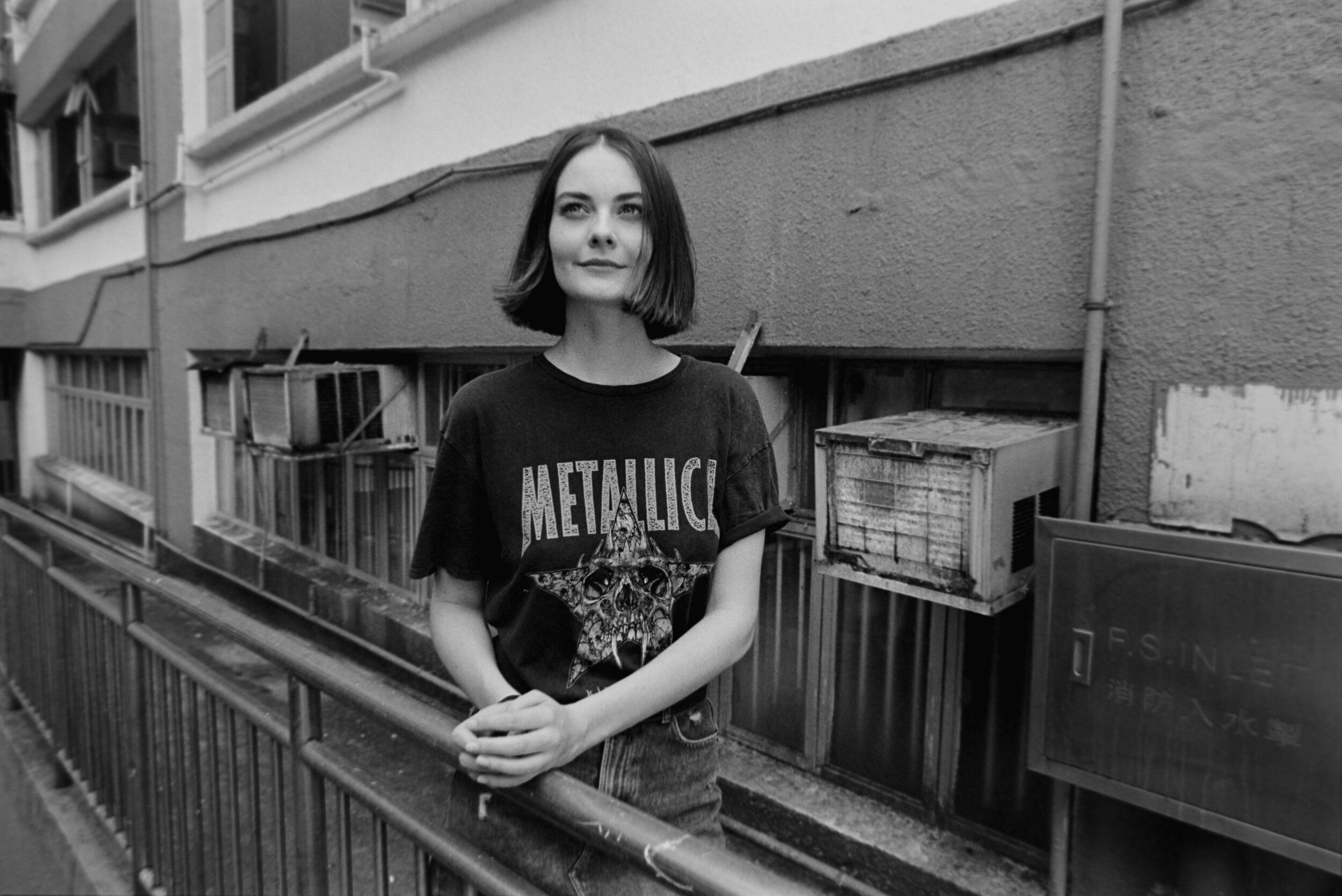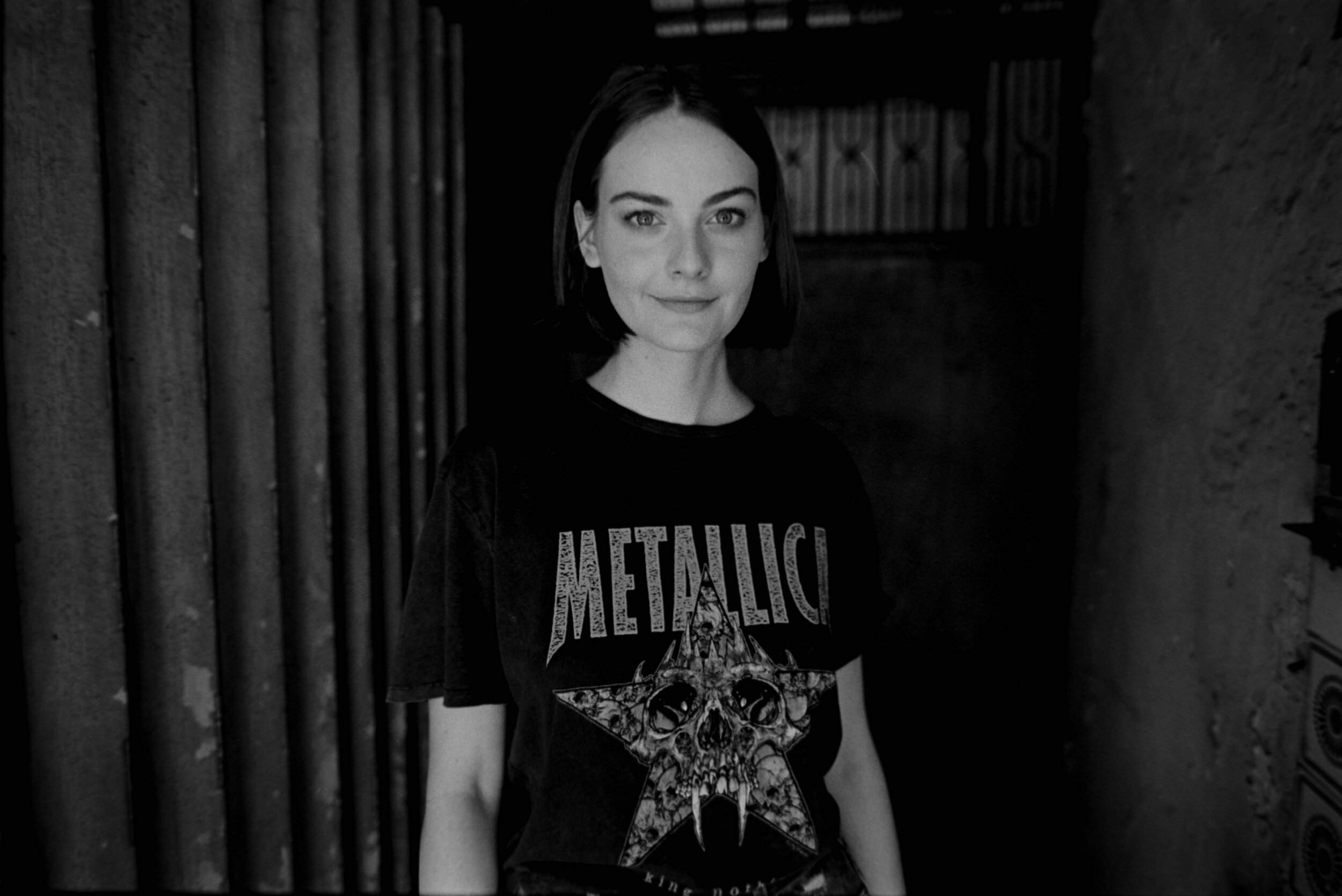Digitizing Black and White Film with the Leica M246
For those of you who are more interested in digital imaging, you must be sick and tired of me rambling on and on about digitizing negatives. But since this kooky dog-and-pony-show will be ending by year’s end, there is a renewed sense of urgency for me to complete the many explorations which I have undertaken during my free time. The hope is to archive what I have learned so that those industrious in searching for examples online will find their way here. Providing an online resource of useful testimonials has always been the goal of this blog.
Of the many explorations I have set out to address, black and white photography is an area of discipline which I believe is in need of further discussion. In general, most photographers today have become disenfranchised from the proper practice of the medium. Black and white photography is really just an afterthought conducted through desaturation of color files captured on color digital sensors. So invariably, lost on them is the mindset of taking black and white photos properly, along with the process of presenting tonal reproduction optimally.
When one shoots in black and white, one approaches the documentation process in terms of black and white photography. As a result, one no longer looks for vibrant colors and instead looks for tonal variation. But since most photographers no longer shoot in film or have access to a monochromatic camera, the majority of black and white photos are not taken properly - that is with color digital cameras. And even if the photo is taken with black and white film, there is still the matter of how that image is digitized, since most sensors are in color.
Kodak Tri-X 400 @ 24mm Focal Length
Kodak Tri-X 400 @ 24mm Focal Length
Kodak Tri-X 400 @ 24mm Focal Length
Kodak Tri-X 400 @ 24mm Focal Length
Kodak Tri-X 400 @ 24mm Focal Length
If the proper way to take black and white photos is to shoot black and white film or a monochromatic camera, then should not there be a corollary for analog photography, wherein black and white film should be digitized with a monochromatic sensor? I mean, how different would digitizing black and white film with a digital color sensor be from desaturating digital color photos? Obviously, I was curious. Thus, the objective of this week’s blog entry is to determine whether monochromatic sensors can digitize black and white film more optimally.
Ideally, I would have wanted to digitize my black and white negatives with the Leica M Monochrom. But since the one I had was seriously afflicted with a horrible case of sensor corrosion, I had no choice but fall-back on my first runner up - the Leica M Typ 246 Monochrom. For me, this setback was particularly vexing, given that I already digitized three rolls of film blindly with the M Mono on the Leica BEOON copy stand. That said, at least the do-over with M246 was much less annoying, given the convenience of live view from the CMOS sensor.
And for good measure in making this very unscientific exploration seem more complete, I also included a few desaturated examples digitized on the Leica M Typ 240 and the Pakon F135 for the sake of comparison. I felt it made sense to include a small sample from both the M240 (being representational of what any garden variety digital camera could reproduce) and the Pakon F135 (being representational of what any industrial grade film scanner could reproduce), since it would better demonstrate the spread in tonal reproduction.
Kodak Tri-X 400 @ 24mm Focal Length
Kodak Tri-X 400 @ 24mm Focal Length
Kodak Tri-X 400 @ 24mm Focal Length
Kodak Tri-X 400 @ 24mm Focal Length
Kodak Tri-X 400 @ 24mm Focal Length
Digitizing with the Leica M246 and the Leica M240 (by extension) are significantly less tedious than digitizing with the Leica M Mono and the Leica M9 (by extension). As already stated, the convenience of live view does away with the need to swap between the magnifying eyepiece of the Leica copy stand and the camera, which greatly facilitates the digitizing process. That said, acquiring focus is still tricky, given that focus magnification on the M246 and M240 cannot be executed, since the camera does not recognize the copy stand as a lens.
Apparently, the M246 and M240 cannot perform focus magnification when the lens mount does not detect a lens. The only way I could get the function working was by unlocking the camera’s lens mount for an instance from the copy stand and then locking it back in place once focus magnification was triggered. Somehow, that activated the function for two or three seconds - which was barely long enough for me to confirm focus in live view. Obviously, it was a letdown. Still, it was better than swapping between the eyepiece and the camera.
Also worth saying, acquiring focus on a negative is noticeably more challenging than on a positive. Our sense of visual perception is not designed to see the world in reversed tones, much less make out enough details in negatives to confirm tack focus. Ideally, digitizing black and white reversal film would have greatly simplify the process. However, there is only one black and white reversal film currently in production - which unfortunately can only be processed in a handful of cities worldwide. That limitation made it impractical for this blog entry.
Kodak Tri-X 400 @ 24mm Focal Length
Kodak Tri-X 400 @ 24mm Focal Length
Kodak Tri-X 400 @ 24mm Focal Length
Kodak Tri-X 400 @ 24mm Focal Length
Kodak Tri-X 400 @ 24mm Focal Length
Compounding the difficulty of the process, the Kaiser Slimlite Plano LED light tablet was not bright enough to digitize the film at smaller apertures and faster shutter speeds. Thus, I was not able to optimize sharpness at the edges and corners nor was I able to eliminate the probability of camera shake. Of course, the issue could have been simply resolved with a cable release, which I have since purchased. But unfortunately, I did not get one at the time of digitization. For that reason, some images may seem marginally less sharp in presentation.
Of course, there is also that pesky matter of converting the digitized image from the negatives into its positive form. To perform that action, one could invert the image in Adobe Photoshop. Alternatively, one could reverse the tonal curve in Adobe Lightroom, which is not too bad for black and white photos. However, a better option would be to use a plugin for Adobe Lightroom called Negative Lab Pro. In my opinion, Negative Lab Pro does simplify the negative conversion process. I will discuss more about this plug-in on next week’s blog entry.
Overall, assuming that I had taken greater care in optimizing the digitization process, I do believe the M246 is noticeably better in presenting tonal variation more optimally. Overall, true blacks are more black, true whites are more white, and midtones are retained without exaggeration. This is most evident when compared to the the M240, where midtones are favored over shadows and highlights. This is also apparent when compared to the Pakon F135, where both lighter and darker midtone values tend to be noticeably brighter in reproduction.
Kodak Tri-X 400 @ 24mm Focal Length
Kodak Tri-X 400 @ 24mm Focal Length
Kodak Tri-X 400 @ 24mm Focal Length
Kodak Tri-X 400 @ 24mm Focal Length
Kodak Tri-X 400 @ 24mm Focal Length
Clearly, the Leica M246 is the better of the three at digitizing black and white film. Thus, it only makes sense to digitize black and white film with a monochromatic sensor. Failure to go the distance would truly be an affront to black and white film photography, since optimization of tonal variation in presentation cannot be achieved with a color digital sensor unoptimized for tonal variation. Plus, it makes no difference how very cumbersome the digitization process is with the M246 and the Leica copy stand, since in the end, better is just better.
But is undergoing this process worth all the trouble? And therein lies the million dollar question. Although the M246 is better at optimizing tonal variation of black and white photos, there is just too much to do for really an incremental benefit in presentation. First, you need to get a Leica copy stand, which the folks at Wetzlar have not manufactured for over sixty years. What is available in the second hand market is mostly scattered and left in questionable condition or in incomplete sets, which makes the Leica M246 a unicorn for digitizing film.
Second, you must be willing to go through the tedium of focusing and optimizing the negative for digitization. Third, you must be willing to take the extra step of converting the digitized image files from the negative to its positive form. This truly is a cumbersome process, which I do not believe is worth the trouble for really just an incremental increase in tonal optimization over any run-of-the-mill color CMOS sensor or my preferred Pakon F135 scanner. But, if you still demand the best, then there is no substitute for the M246 + the Leica copy stand.
Kodak Tri-X 400 @ 24mm Focal Length
Kodak Tri-X 400 @ 24mm Focal Length
Kodak Tri-X 400 @ 24mm Focal Length
Kodak Tri-X 400 @ 24mm Focal Length - This image has not been edited. The exposure was corrected on the M246. By comparison, the image digitized on the Pakon F135 has been pushed two stops in exposure. It should be noted that the light condition during the moment of capture was close to pitch darkness. What was captured on the M246 is more reflective of reality than the Pakon F135.
Kodak Tri-X 400 @ 24mm Focal Length
Last, it may appear that my conclusion is somewhat anticlimactic, if not a cop-out. But, there is no such device with a monochromatic sensor purpose-made to digitize black and white film - at least not to my knowledge at the consumer level. Thus, going the extra distance to digitize black and white negatives with the Leica M246 + the Leica copy stand is really too much to expect - especially for conventional onscreen use. That said, if your objective is to print the black and white image, then this tedium might just be what the doctor ordered.
Of course, if that really is your objective, then it would make more sense for you to go to a darkroom and print out your image on black and white photo paper. After all, that is what black and white film is made to do.
PS - The only thing worse than digitizing black and white film on a color digital sensor would be printing black and white film on color photo paper in a darkroom via conventional black and white printing process. Ha ha!
Leica M9 Monochrom with Sensor Corrosion
All images have been digitized on either the Leica M Typ 246 Monochrom or Leica M Typ 240 + Leica APO 50mm f/2 Summicron-M ASPH with the Leica BEOON copy stand, or the Pakon F135. All images have been fine tuned very slightly in Adobe Lightroom.
All film shot and developed at box speed.

















